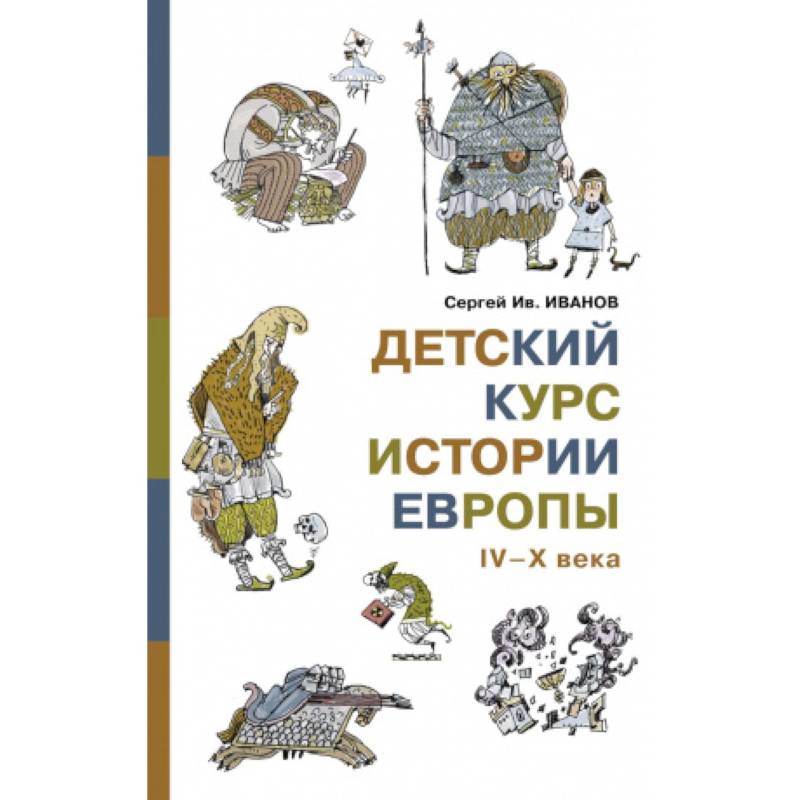Children"s History Course of Europe IV-X centuries
Please sign in so that we can notify you about a reply
They say that in order for the lecture to be interesting, it should contain thirty percent of the jokes.
On the other hand, so that a joke can be understood, it should rely on the truth. And the closer it is to the truth, the funnier.
That"s why this book combines facts and jokes, knowledge and game, narration and puncture. To understand where the author’s fantasy is, and where the share of truth, the “list of the author’s jokes”, placed at the end of the book, will help.
However, do not rush to look into it. Consider that this book is a reoperation for training your attentiveness.
Do not trust every word of the author, but check it!
Try to guess for yourself, what actions the characters could not commit at one time? What food could they not eat? What couldn"t we talk about? Who could not meet with whom in reality?
In a word, what historical mistakes did the author deliberately made?
It must also be clarified that this book continues the "children"s course of ancient history" and is devoted to events from late antiquity to the X century AD, that is, the so -called dark and Middle Ages. The history of the late European Middle Ages has not come here. The history of medieval China, India, the Far East, America also did not get into the book, it is very briefly told about events in the Muslim world. The main characters of the book are historical figures of the Roman Empire, Western Europe and Russia.
This scientific and articular book is written to read the house by all family members, as well as to revive school lessons in history on the topics "History of the Middle Ages" and "History of Russia". Russian and world history in this book is combined so that the presentation of readers about the past becomes more complete
On the other hand, so that a joke can be understood, it should rely on the truth. And the closer it is to the truth, the funnier.
That"s why this book combines facts and jokes, knowledge and game, narration and puncture. To understand where the author’s fantasy is, and where the share of truth, the “list of the author’s jokes”, placed at the end of the book, will help.
However, do not rush to look into it. Consider that this book is a reoperation for training your attentiveness.
Do not trust every word of the author, but check it!
Try to guess for yourself, what actions the characters could not commit at one time? What food could they not eat? What couldn"t we talk about? Who could not meet with whom in reality?
In a word, what historical mistakes did the author deliberately made?
It must also be clarified that this book continues the "children"s course of ancient history" and is devoted to events from late antiquity to the X century AD, that is, the so -called dark and Middle Ages. The history of the late European Middle Ages has not come here. The history of medieval China, India, the Far East, America also did not get into the book, it is very briefly told about events in the Muslim world. The main characters of the book are historical figures of the Roman Empire, Western Europe and Russia.
This scientific and articular book is written to read the house by all family members, as well as to revive school lessons in history on the topics "History of the Middle Ages" and "History of Russia". Russian and world history in this book is combined so that the presentation of readers about the past becomes more complete
Author:
Author:Ivanov Sergey Ivanovich
Cover:
Cover:Hard
Category:
- Category:Children's Book
- Category:History & Geography
Publication language:
Publication Language:Russian
Paper:
Paper:Offset
Age restrictions:
Age restrictions:12+
ISBN:
ISBN:978-5-98736-039-2
No reviews found
